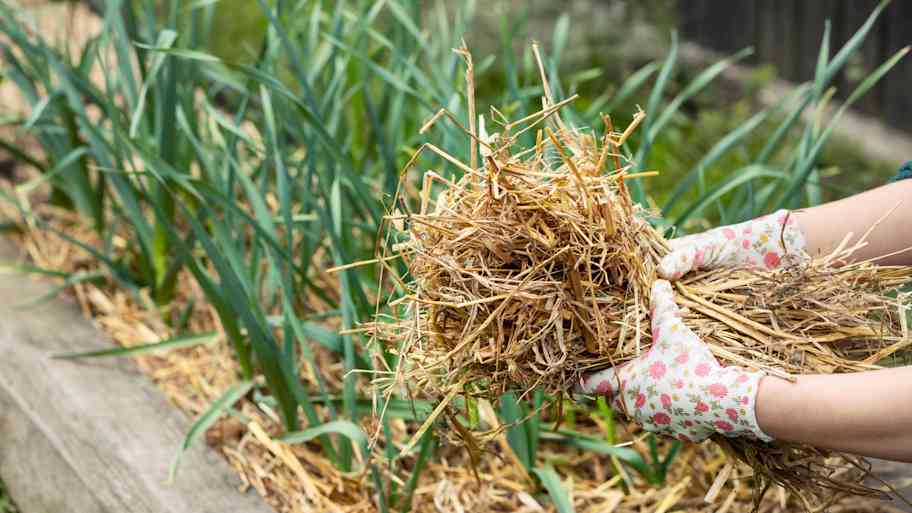
Discover the cost to fertilize your lawn, including average prices, key factors, and tips to help homeowners budget for a lush, healthy yard.
Lawn envy begins with smart seeding


Planting grass seed can be a rewarding weekend DIY project, but it requires a bit of strategy and patience to get the best results. Growing a lush, healthy lawn starts with knowing the best tips for grass seed planting, whether you’re starting a new lawn or filling in a few bare spots.
Not all grass seed is created equal. Before buying a big bag of seed, consider your regional climate and whether you need cool season versus warm season grass. Cool-season grasses like fescue and ryegrass do best in northern zones with chilly winters and moderate summers. Warm-season grasses such as centipede or St. Augustine thrive in southern regions with hot temperatures and mild winters. Choosing the right types of grass for your lawn makes a huge difference in how well your grass establishes and survives.
A soil test helps you understand factors like pH balance, nutrient levels, and organic matter content. If your soil is too acidic or alkaline, your grass may struggle to absorb nutrients. Alkaline soil has a high pH (8–14) while acidic soil has a low pH (0–6). Testing allows you to make informed decisions about amendments needed to optimize growing conditions. You can purchase a DIY soil test kit or consult a local lawn seeding company.
Grass seed needs loose, well-tilled soil to germinate successfully, which means removing weeds, rocks, and compacted dirt. Use a tiller or garden rake to loosen 3 inches, then level out any low or uneven areas for a smooth surface. This improves seed-to-soil contact for a more stable surface for your lawn to grow.
Adding organic compost or a starter fertilizer can dramatically improve your lawn's growth. Compost enhances soil structure, while starter fertilizers support early root development. When to fertilize new grass seed is best done six to eight weeks before seeding. Whichever you choose, make sure it's well integrated into the topsoil to avoid runoff.

Planting at the right time gives your grass the best chance to establish strong roots before facing seasonal stresses. The best time to plant grass seed depends on the type you use. For cool-season grasses, early fall is ideal because of warm soil temperatures and fewer weeds. For warm-season grasses, late spring through early summer provides the heat they need to sprout and grow.
After spreading your grass seed, gently rake the surface to press the seeds into the soil, which improves seed-to-soil contact for germination. You don’t want to bury the seeds too deep. A light raking is enough to ensure they’re snugly settled in place while still close to the surface, where they can receive light and moisture.

Protecting your newly seeded area with straw mulch can make a big difference in how well the grass establishes, and it is a great practice if you want to know how to grow grass fast. A light layer of straw helps retain moisture, regulate soil temperature, and shield the seeds from wind and birds. Use clean, weed-free straw, and don’t apply too thickly — your goal is to create a breathable blanket.
Knowing how long to water grass after seeding allows the seeds to stay consistently moist to germinate. Lightly water the area once or twice a day for the first couple of weeks. Use a gentle spray or mist setting to avoid washing the seeds away or over-saturating. Once the grass has grown to 1 inch, gradually cut back on watering.
Apply a weed preventer alongside your grass seed can backfire. Most pre-emergent weed control products don’t distinguish between weeds and desirable grass seedlings, which means they can stop your grass from sprouting altogether. You can hand-pull weeds as needed while you wait for your seeds to fully grow.
Cutting the grass before it’s ready can pull up seedlings and set back growth. Wait until the grass blades are at least 3 inches tall before giving it the first cut, and make sure your mower blade is sharp to avoid tearing. Mow high and gently for the first few passes, removing no more than one-third of the blade height at a time.
From average costs to expert advice, get all the answers you need to get your job done.

Discover the cost to fertilize your lawn, including average prices, key factors, and tips to help homeowners budget for a lush, healthy yard.

Discover average lawn aeration cost, key price factors, and tips to save. Get a clear estimate for your yard and learn how to choose between DIY and hiring a pro.

Discover average hydroseeding cost, key price factors, and ways to save. Get transparent estimates for your lawn project and make informed decisions for your home.

Brown patches on your lawn may occur for several reasons, including lack of sunlight and overfertilization. Learn how to treat and prevent patches.

Grass seeds thrive in soil rich in nutrients, but a potting mix will not support your grass’ long-term health. Find out which type of soil is best for grass.

If you’re looking to apply fertilizer to your lawn, there are a few things you need to get right first. Make sure you’re ready to answer these lawn fertilizer questions before you start.